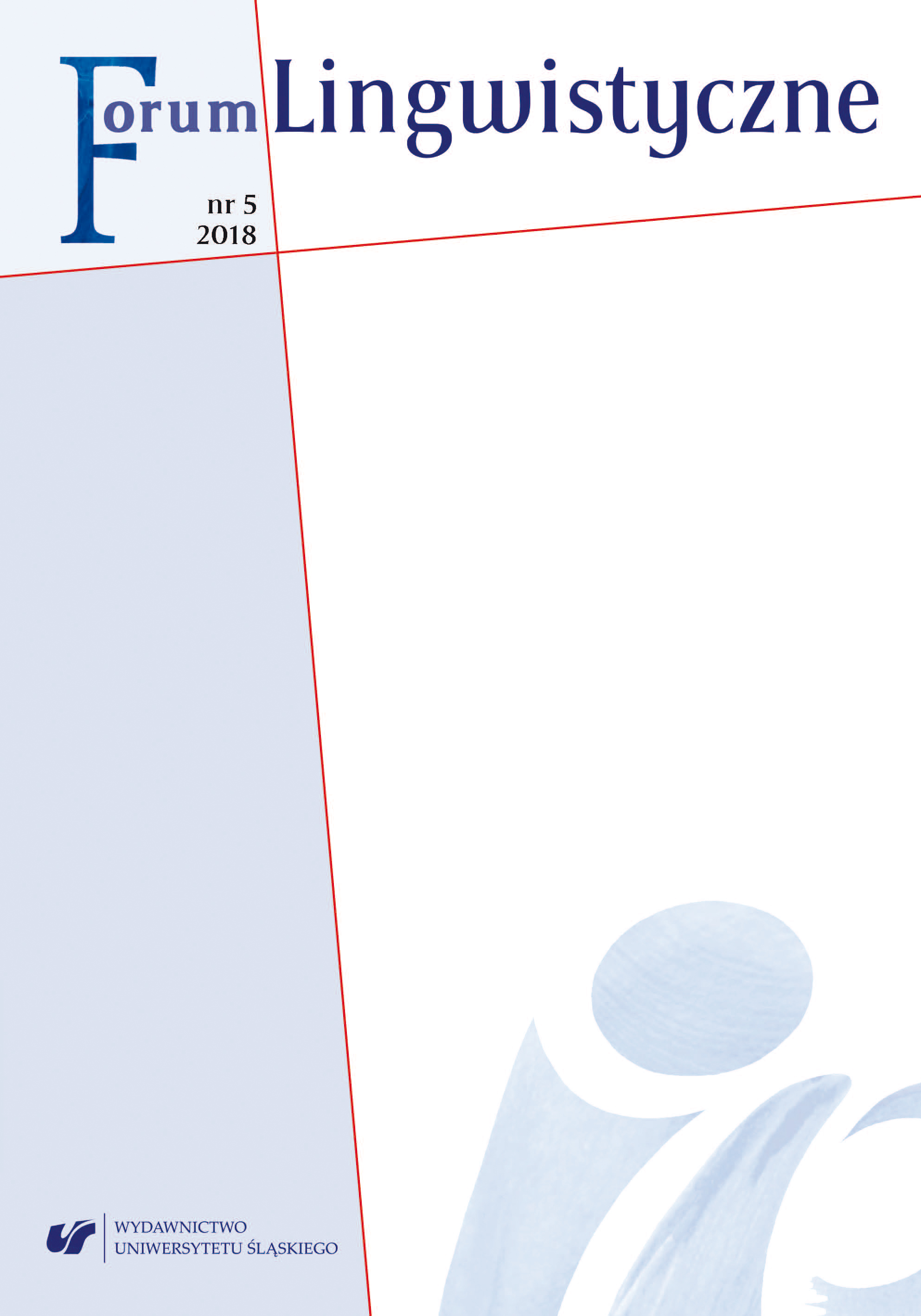Typy zdań z użyciem polskich i koreańskich podstawowych czasowników ruchu – wnioski z badań ankietowych
Types of Sentence in Both the Polish and Korean Languages Concerning Basic Verbs of Motion – Based upon Survey Results
Author(s): Agnieszka SzamborskaSubject(s): Language studies, Language and Literature Studies, Foreign languages learning, Theoretical Linguistics, Applied Linguistics, Comparative Linguistics, Western Slavic Languages
Published by: Wydawnictwo Uniwersytetu Śląskiego
Keywords: basic verbs of motion; comparative analysis; Polish language; Korean language; language teaching
Summary/Abstract: This article refers to comparative studies. It highlights the problems associated with using basic verbs of motion in describing a real situation. This includes iść and chodzić in Polish and 가다 [gada] in Korean. The most common types of sentence used (S[trajectory]V and S[purpose]V) have been identified based upon surveys carried out amongst Polish and Korean language students from various universities in June/July 2015. The conclusions indicate that a more systematic approach can be made for the Polish and Korean verbs of motion and this results in an improved methodology for teaching both languages. Attention is also drawn to the temporal deixis (adverbs) in sentences with the Polish verbs iść/chodzić, as well as to the lack of perlative and locative relations in describing trajectory in sentences with the Korean verb 가다 [gada]. Moreover, the most common lexemes used by Polish and Korean respondents are pointed out which show several differences between the two languages.
Journal: Forum Lingwistyczne
- Issue Year: 2018
- Issue No: 5
- Page Range: 69-84
- Page Count: 16
- Language: Polish

